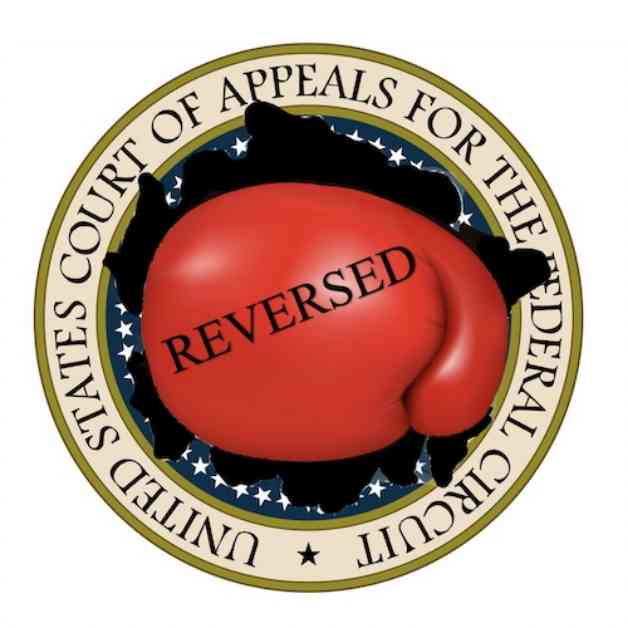The U.S. Court of Appeals for the Federal Circuit (CAFC) recently made a significant ruling in the case of Neonode v. Samsung Electronics, overturning the Western District of Texas district court’s decision regarding the indefiniteness of Claim 1 of Neonode’s patent for a tablet display. In its decision, the CAFC emphasized the importance of considering the prosecution history in determining the meaning of claim terms.
Neonode had filed a lawsuit against Samsung Electronics, alleging infringement of its U.S. Patent No. 8,095,879. The district court struggled to interpret Claim 1 of the patent, which described a computer program stored on a non-transitory medium that allowed a mobile handheld computer unit to present a user interface with a touch-sensitive area containing a single option for activating a function. The district court found itself faced with multiple interpretations of the term “option” and ultimately deemed the claim indefinite.
On appeal, Neonode argued that the district court had erred in its analysis of the claim term “option.” The CAFC agreed with Neonode, pointing to the prosecution history as a key factor in understanding the meaning of the term. During the prosecution of the patent, Neonode had amended the claim to overcome a rejection by the examiner, and the added limitation served to clarify that only one function could be activated from a given representation. The CAFC noted that this interpretation aligned with the specification of the patent, which described a user interface with a single function activated by interacting with a specific representation.
Samsung contended that there were multiple possible interpretations of the claim term “option,” making the claim indefinite. However, the CAFC rejected this argument, stating that Samsung had failed to establish indefiniteness by simply identifying different potential meanings without demonstrating their plausibility. The court also addressed Samsung’s concerns about conflicting statements made by Neonode in inter partes review proceedings, noting that these statements did not render the claim indefinite.
In addressing Samsung’s alternative argument regarding the term “gliding . . . away,” the CAFC referenced its previous construction of the term in a different case involving Neonode, indicating that the district court’s interpretation aligned closely with the CAFC’s prior ruling. The court acknowledged the lack of precision in some of Neonode’s statements but emphasized that these isolated instances did not warrant a finding of indefiniteness.
Ultimately, the CAFC’s decision in the Neonode v. Samsung Electronics case underscores the importance of considering the prosecution history when interpreting claim terms in patents. By examining the intrinsic record as a whole, rather than focusing on isolated statements, courts can arrive at a more accurate understanding of the intended meaning of patent claims.















